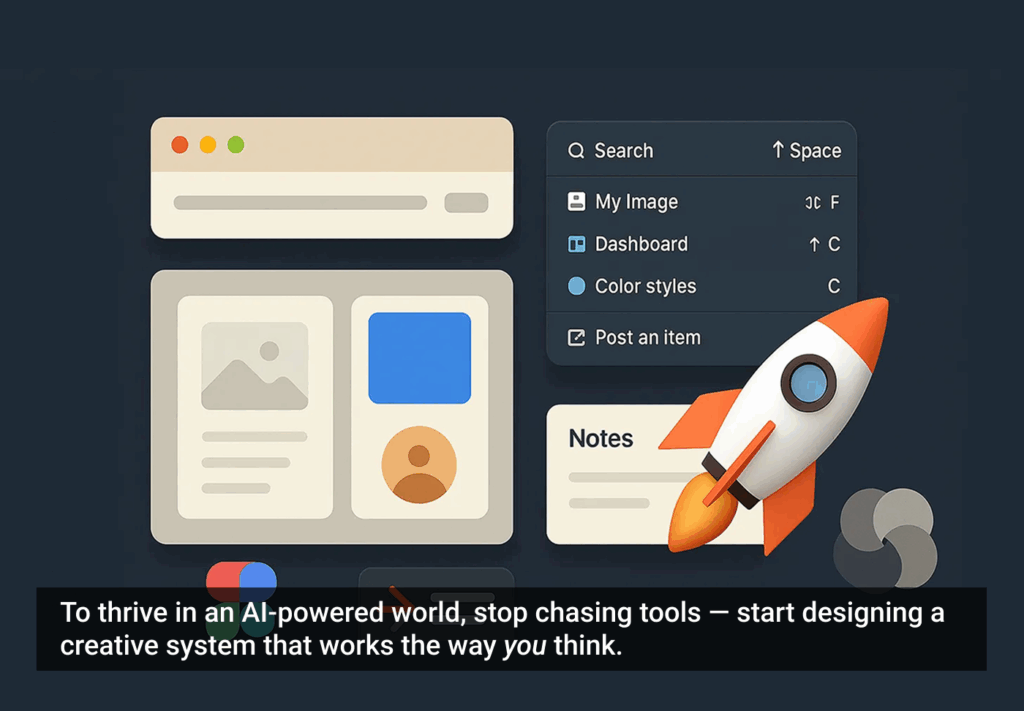The following excerpt from chapter four of Studying and Designing Technology for Domestic Life: Lessons from Home from Morgan Kaufmann looks at some learnings from conducting in-home studies with children.
In 2008, our team at the Human-Computer Interaction Lab (HCIL) at the University of Maryland formed a research partnership with Google when we were granted a Faculty Research Award to investigate how children search on the Internet. The goal of this partnership was loosely defined; we believed that children’s interactions with open-Internet search interfaces (i.e. interfaces with uncurated and unrestricted content) were poorly researched, and so we wanted to more deeply understand how children behaved as searchers. Although a body of research had developed around children as searchers, none of the existing research approached children in their homes as users of the unrestricted Internet or had attempted to understand children searching holistically in the context of other tasks. We thought that, with children as a growing segment of search interface users, there was an opportunity to study child searchers from a fresh-slate perspective.
As we transitioned from our in-lab preparations to fieldwork, we encountered several unforeseen challenges. Parent and child participants were occasionally hesitant regarding our use of video recording equipment, and we found that parents could derail or facilitate our interviews with their children. The home environment had effects on our studies, as children could be easily distracted, and our presence in the home altered the families’ normal schedules. Finally, we came to understand that addressing the needs of our own team allowed us to be more effective researchers. The following section describes some of our approaches to alleviating these events.
Oh, You’re Recording?
During our email communications with parents prior to the interviews, we were explicit that we planned on video or audio recording our interactions if the family was comfortable. During these initial communications, a few families indicated that they would be uncomfortable with the use of recording devices. As one mother replied in an email, “We are NOT comfortable with the videotaping of the children but if you can proceed without that, that’s fine.” Another parent was unsure about how we would maintain the recording: “Not sure about videotaping, unless it is required for the study and won’t be publicly available.” Based on these reactions, we amended our standard email to include assurances that families could participate without recording if they preferred. Once we were in homes, several parents hastily cleaned off the desk space that would be in the camera frame, not wanting the clutter or personal documents such as bills to be recorded.
In all three studies, upon our arrival at the home, we asked parents to consent to audio recording their interview. All of our parent participants agreed to audio recording, except for one father near the end of the 2013 study. This father was very forthcoming regarding his daughter’s overuse of her iPad and stated that he would not have been as open if he were being recorded.
We obtained written consent from the parents to interview their children. A section of the child consent form contained two options: we could either use or not use photo and video clips in future presentations or publications. While the younger participants in the studies showed little interest in the consent process, some of the older participants were curious about the forms and weighed in on whether to allow us to use their interviews in academic forums. As soon as we understood that the adolescent participants were concerned about the use of their data, we altered our consent form to include a third option, which required us to allow families to review and approve any photos or videos to be shared with a larger audience. Based on the number of parents initialing their agreement to this option over the blanket permission or non-permission, our perception is that participants appreciated and preferred the increased control over the use of their data. The experience with consent in the search studies leads us to implications for future studies. Due to the home setting, the adolescents were more comfortable and assertive than they might have been in the lab setting, which encouraged their self-advocacy. In future research, we will include detailed consent options to facilitate the empowerment of our participants, regardless of the context in which the study is conducted.
During the three studies, only six of the 171 child interviews were not video recorded due to child or parental preference. Since we were in the homes of participants, we did not have any macro recording software installed on the participants’ computers as we would have had in a lab setting, so our only source of data for non-videotaped interviews was our handwritten notes. We asked for participants’ patience as we would be slow in recording their responses and actions, although by working in pairs, with two researchers taking notes on the same interview, we were able to minimize data loss.
Lesson
Participants of all ages care about the protection of their personal information. Providing them with detailed options for the future use of their interview data is important, as is being prepared to rely on non-digital methods of preserving interactions with them.
Parents Observing Interviews
After we concluded interviews with parents, we gave them the option of observing their child’s interview and asked them not to aid their child in any way. Some parents relayed to us that they thought their presence would interfere with their child’s participation and remained out of the room; some sat nearby and attentively listened; and others would busily fold laundry, work on another computer, or begin preparing dinner nearby. These occupied parents were clearly listening, but for the child, they faded into the background of normal household activity.
Of the parents who remained physically present and attentive during the interviews, many were asked direct questions by their children. We generally intervened prior to the parent responding by saying, for example, “We asked your dad not to answer.” However, in-context redirection by parents was much more difficult. Some parents would directly answer their child’s questions despite our request that they remain uninvolved, and others would prompt their children into “right,” alternative, or lengthier answers. One mother observing our interview with her seven-year-old son was particularly notable. The mother repeatedly told her son to focus, asked him if he was experiencing spelling difficulty, and directed him to answer researcher questions when he was non-responsive. We learned to stress the importance of non-interference to parents prior to beginning the child interview. It was occasionally helpful to explain our research to the parent using the same words that we used with the children; anything the children demonstrated was showing us how children approach Internet search, and we were not looking for right or wrong answers.
Lesson
Parents can be overly invested in their child’s performance during research studies, and minimizing parental interference can be difficult to do politely. Preparing friendly redirection statements that are appropriate to use in the presence of the child participant can avoid problems with parental interference.
Corroboration
We interviewed parents prior to interviewing children and asked the children to leave the room when we talked with their parents, although we invited parents to observe interviews with their children. We posed some of our interview questions to both parents and children during their separate interviews in order to obtain not only a complete picture of the child’s search habits, but also to establish a gauge of the accuracy and honesty of the child’s responses. The most banal of the duplicate questions pertained to the amount of time spent on the computer in terms of days per week, sessions per day, and session length.
We expected our younger participants to experience difficulty answering these questions, and in the case of the children ages seven or nine, asking parents to answer these questions provided us with accurate responses. However, we found that during our 2011 study, parents would profess to house rules regarding short permissible lengths of time for computer, television, or video game use, while adolescents would occasionally contradict parental statements by relaying that they used the computer for many hours per day. In these cases, we believe the adolescents provided more accurate responses, as adolescents were more likely to use computers independently. During our time in the homes, we did not observe any tensions arising between the adolescents and their parents due to our questioning.
For our child participants in particular, we received unlikely responses to some interview questions. For example, consider this exchange between a nine-year-old boy and a researcher:
Researcher: How much do you search the web for fun? Nine-year-old boy: Ten hours, maybe.
Researcher: Like in a week?
Nine-year-old boy: Oh, no, like in day.
Researcher: Ten hours in one day! Alright. You search a lot.
Another participant, also a nine-year-old boy, when asked what made him use the computer, responded, “I usually use Mozilla Firefox,” while his parents relayed that his usual computer use was to play games. We accepted such answers during the course of the interviews and did not challenge the participants on their responses. In these cases, the corroboration of the parent interviews was extremely helpful.
Lesson
Corroboration is helpful. Young children are not always accurate in their responses, and parents can provide clear information. Adolescents are generally more independent and able to describe their own habits more accurately than their parents can.
Interviews Gone Awry
Our interviews did not always proceed smoothly. Because we were in participant homes, we accepted the family’s default browser settings when we asked children to search the open Internet. On one occasion, while searching for “dolphins eat,” one nine-year-old girl encountered a pornographic web page. While the participant displayed no reaction, the researcher conducting the interview immediately blocked the screen from the participant’s view using the interview script and pressed the backspace key, returning the participant to the search engine results page. Fortunately, this was the only incident during the series of studies to result in a participant accidentally viewing explicit content, and in the laboratory setting, we could have blocked such sites from the search engine results.
An interview with a novice seven-year-old participant was entirely derailed when the participant declined to answer any questions at all. We had prepared for participants to indicate to us that they wanted to end the interview early, and we ensured that we would not push the participants to answer questions unwillingly, but we had not anticipated complete silence. After encountering the camera-shy seven-year-old, we included contingencies for such events. We placed a five-minute time limit on interviews with children who were entirely unengaged, after which we would stop the interview even if the child did not verbally indicate to us wanting to stop. We agreed that a different researcher might be able to draw out a particular participant, so we also planned to switch researchers after several minutes if a participant did not respond to one of us.
Lesson
Even with experience and meticulous planning, unexpected events will occur during field research with children. Rapidly reacting to unplanned situations and revising protocols prior to continuing research can help to protect child participants.
To read more about research methods for studying domestic life as well as designing and evaluating technology in the home, check out Studying and Designing Technology for Domestic Life: Lessons from Home edited by Tejinder K. Judge and Carman Neustaedter (Morgan Kaufmann). Image of family using tablets courtesy Shutterstock.









